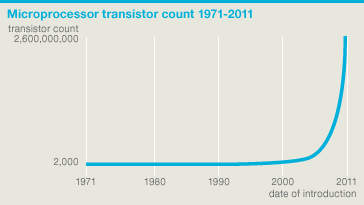IBM has established atomic limits for magnetic memory density
 Scientists from IBM Research, a research division of IBM Corporation, have successfully demonstrated the ability to store information in a memory cell consisting of only 12 magnetic atoms. For comparison: a modern hard disk uses about a million atoms to store one bit of information. The ability to manipulate the properties of a substance on the basis of its elementary basic elements can lead to a vital understanding of how to create more compact, fast, and energy-efficient devices.
Scientists from IBM Research, a research division of IBM Corporation, have successfully demonstrated the ability to store information in a memory cell consisting of only 12 magnetic atoms. For comparison: a modern hard disk uses about a million atoms to store one bit of information. The ability to manipulate the properties of a substance on the basis of its elementary basic elements can lead to a vital understanding of how to create more compact, fast, and energy-efficient devices.Using a new approach and starting with the smallest structural element of memory - the atom - the scientists demonstrated a magnetic drive that provides at least a 100 times higher recording density than modern hard drives and solid-state memory chips. In the future, nanostructures formed by adding one atom at a time and using an unconventional form of magnetism, called antiferromagnetism, will be able to give users and companies the ability to store 100 times more information in the same amount of memory.
Scientists from IBM Research used a scanning tunneling microscope to form a group of 12 “antiferromagnetically” bound atoms that kept the data bit for several hours at a low temperature. Using the inherent property of these atoms to change the directions of the magnetic spin, scientists have demonstrated the ability to “assemble” the adjacent magnetic bits much closer to each other than was previously possible. This made it possible to significantly increase the recording / storage density of magnetic memory without disturbing the state of adjacent bits.
')
via theverge
Source: https://habr.com/ru/post/136414/
All Articles